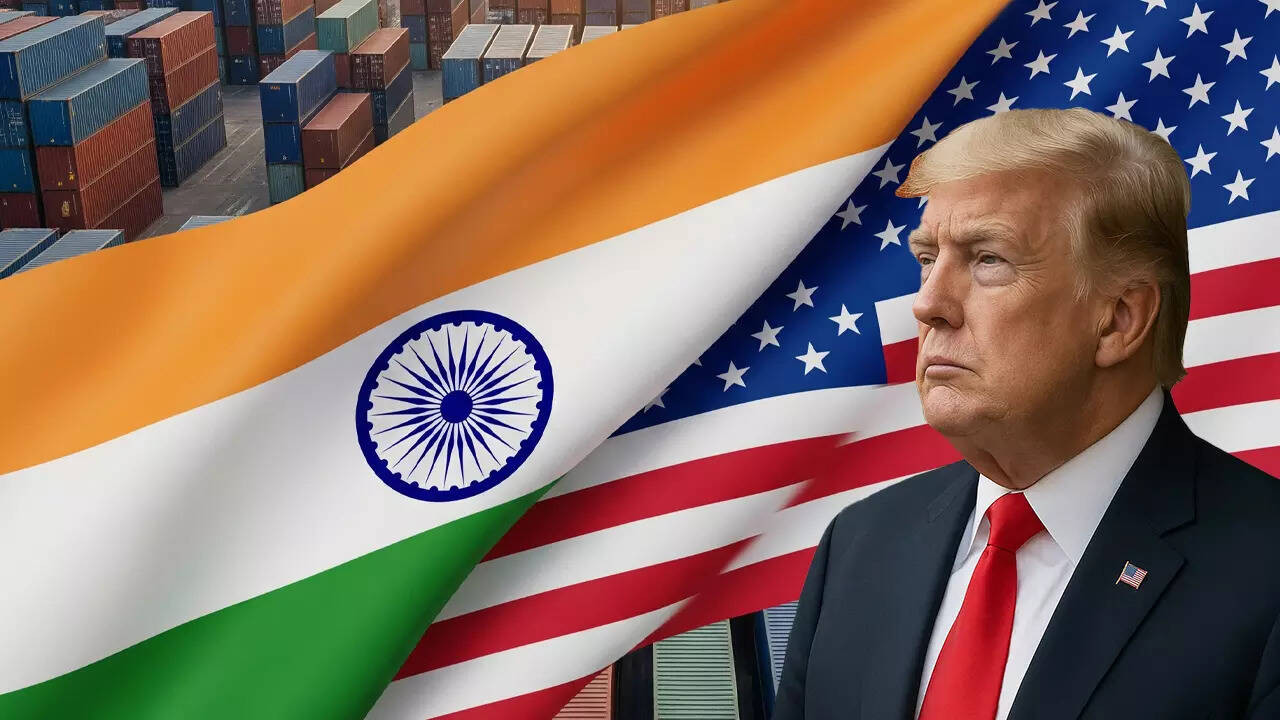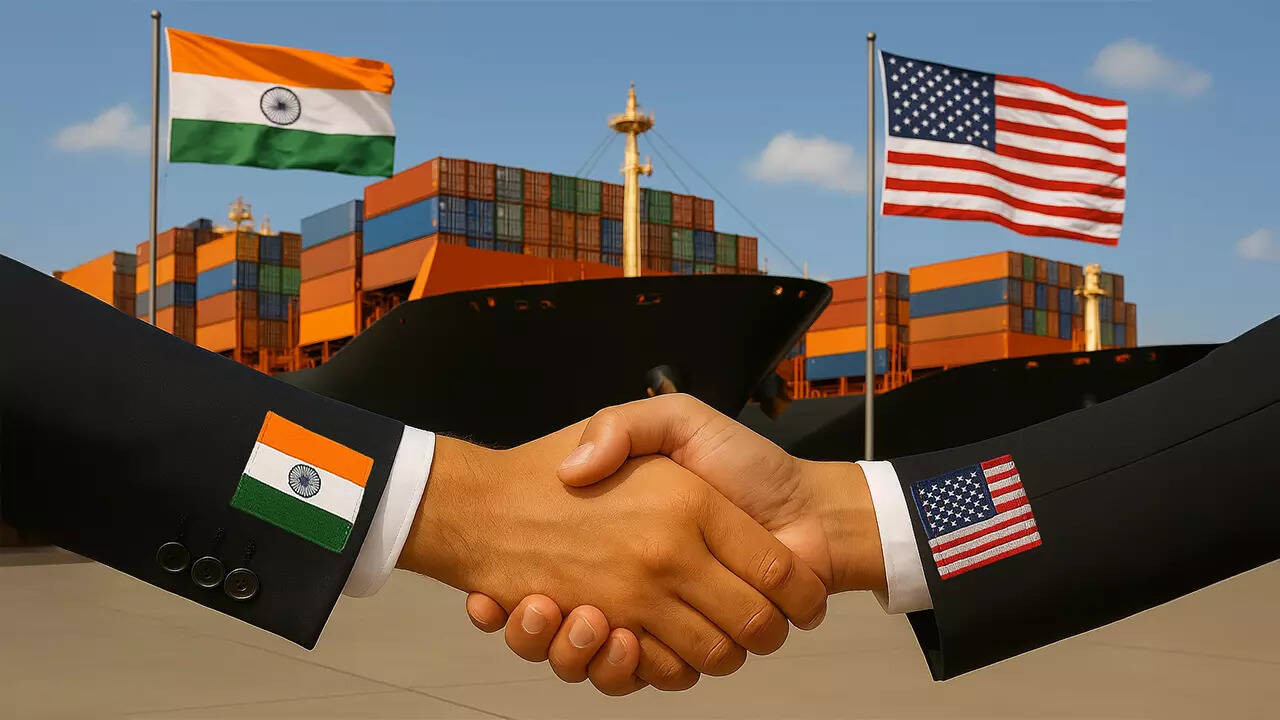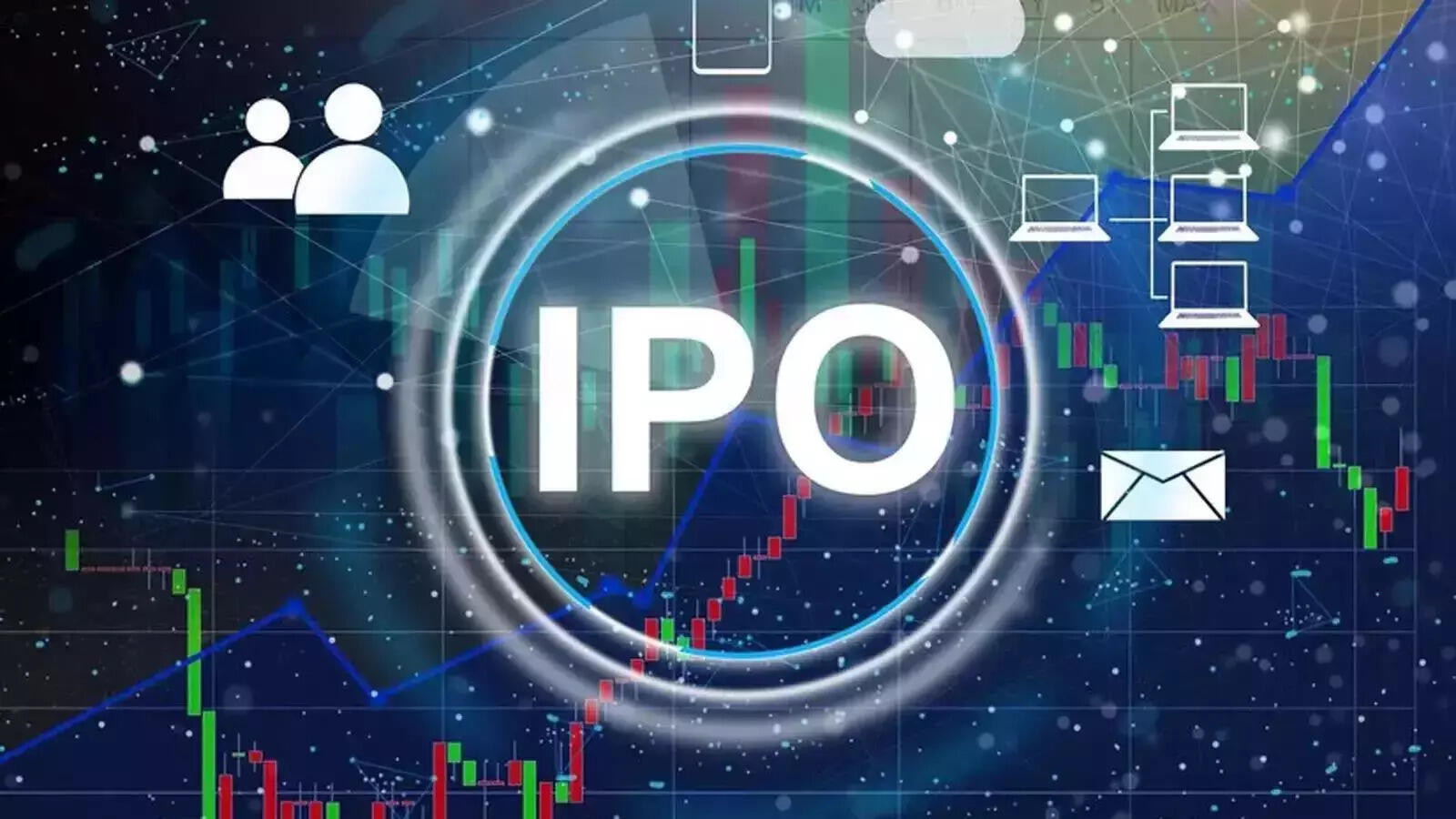US President Trump announced the US is pursuing a trade agreement with India, aiming for greater access to Indian markets, similar to the deal struck with Indonesia. Indian commerce ministry officials are currently in the US for trade talks, with expectations of reduced tariffs for India.
Will a New Chapter Begin for India-US Trade Relations?
The winds of international commerce are shifting, and all eyes are on the potential for a revitalized trade relationship between India and the United States. Fresh off a trade agreement with Indonesia, the US has signaled a desire to forge a similar path with India. So, what does this mean for businesses and consumers on both sides of the globe?
Trade between India and the US has always been a complex dance, a delicate balance of opportunities and challenges. While both nations recognize the immense potential for economic growth through collaboration, navigating differing priorities and trade barriers has often proven difficult. Could this be the moment when a comprehensive deal finally takes shape?
The recent developments certainly suggest a renewed interest in strengthening ties. The US Trade Representative (USTR) office’s work with Indonesia serves as a blueprint, demonstrating a commitment to building mutually beneficial agreements within the region. The question now is whether this momentum can be successfully translated into a robust India-US trade pact.
Decoding the Signals: What’s on the Table for India-US Trade?
While specific details remain under wraps, the discussions are likely to revolve around key areas like market access, tariffs, and intellectual property rights. For Indian businesses, improved access to the vast US market would be a significant boon, potentially boosting exports in sectors like pharmaceuticals, textiles, and agricultural products. Similarly, American companies could benefit from reduced barriers to entry in India’s rapidly growing consumer market, presenting opportunities for expansion and investment across various sectors, including technology and manufacturing.
But it’s not just about economics. A strengthened trade relationship can also foster closer diplomatic ties and promote greater collaboration on issues of global importance. Shared strategic interests in areas like security and climate change could be further enhanced through a robust economic partnership.
Lessons from the Indonesia Deal: A Glimmer of Hope?
The successful negotiation of a trade agreement with Indonesia offers valuable insights into the US approach. This deal focused on reducing tariffs on specific goods and streamlining customs procedures, aiming to facilitate smoother trade flows. It also included provisions for addressing non-tariff barriers and promoting regulatory cooperation.
If a similar framework is adopted for India, it could pave the way for resolving long-standing disputes and creating a more predictable and transparent trading environment. However, India’s unique economic landscape and policy priorities will undoubtedly require a tailored approach.
Navigating the Challenges Ahead for India-US Trade
Despite the positive signals, significant challenges remain. Differences in regulatory standards, concerns about intellectual property protection, and the complexities of agricultural trade are just a few of the hurdles that need to be addressed. Successfully navigating these challenges will require a willingness to compromise and a commitment to finding mutually acceptable solutions.
Moreover, domestic political considerations in both countries could also play a role in shaping the outcome of the negotiations. Balancing the interests of various stakeholders and building consensus within their respective governments will be crucial for leaders to ensure a successful outcome. This is especially vital considering both nations face different domestic demands. For example, discussions around the digital economy and data localization policies, while important, may prove to be points of friction in discussions. We should also remember to revisit previous discussions, like the stalled Bilateral Investment Treaty (BIT). Internal Link to: [previous-article-on-US-India-trade-relations]
The Bottom Line: Awaiting a New Era of Collaboration?
The potential for a deeper economic partnership between India and the US is undeniable. While the path forward may not be without its obstacles, the renewed focus on strengthening trade ties offers a glimmer of hope for businesses and consumers alike. Whether the nations can capitalize on this momentum and forge a comprehensive agreement remains to be seen, but the stakes are high, and the potential rewards are even higher. A stronger India-US relationship is not just about economics, but also about solidifying a strategic alliance in a rapidly changing world. Ultimately, a successful trade agreement can lead to greater economic prosperity, enhanced security, and a more stable global order. It’s a story worth watching closely.








